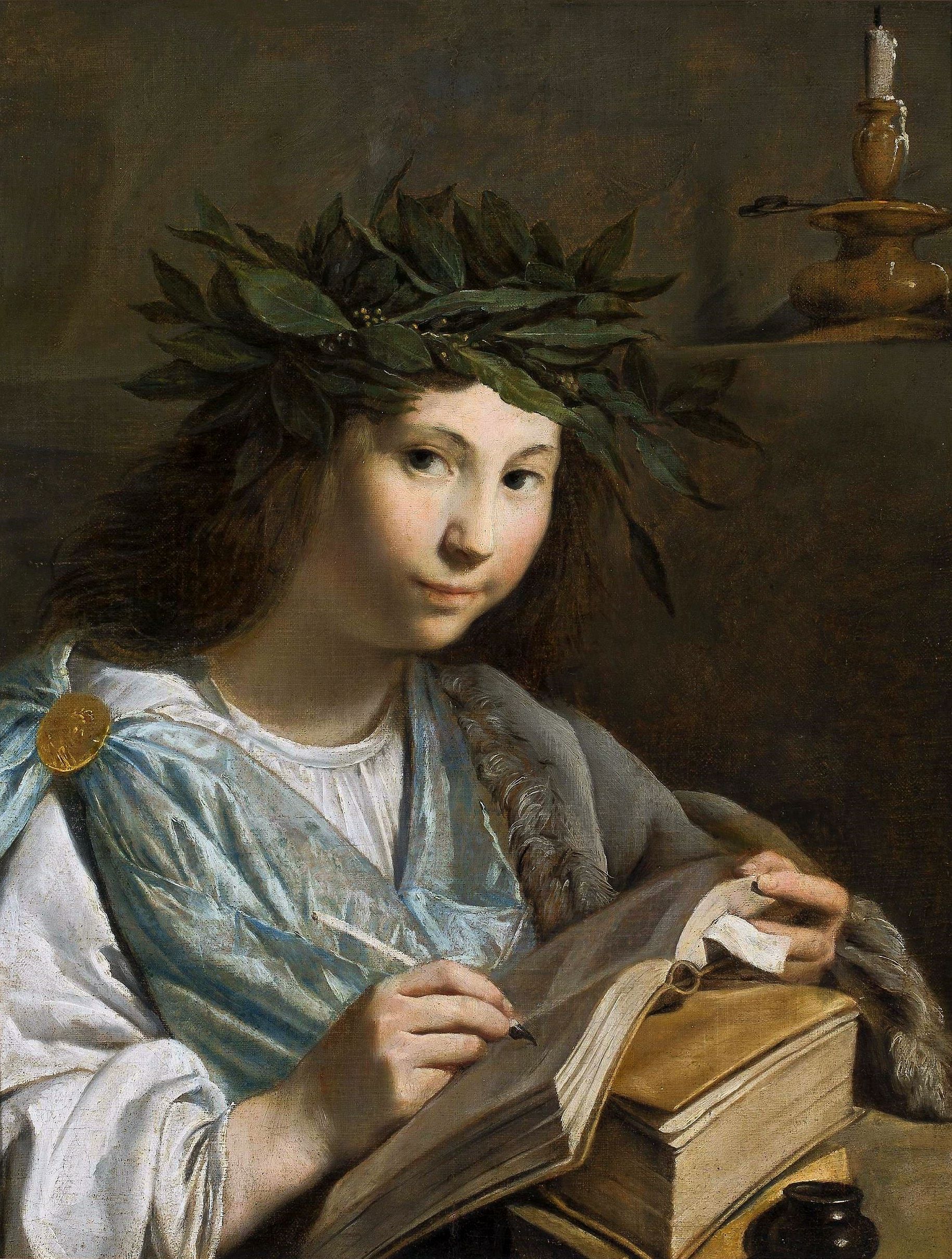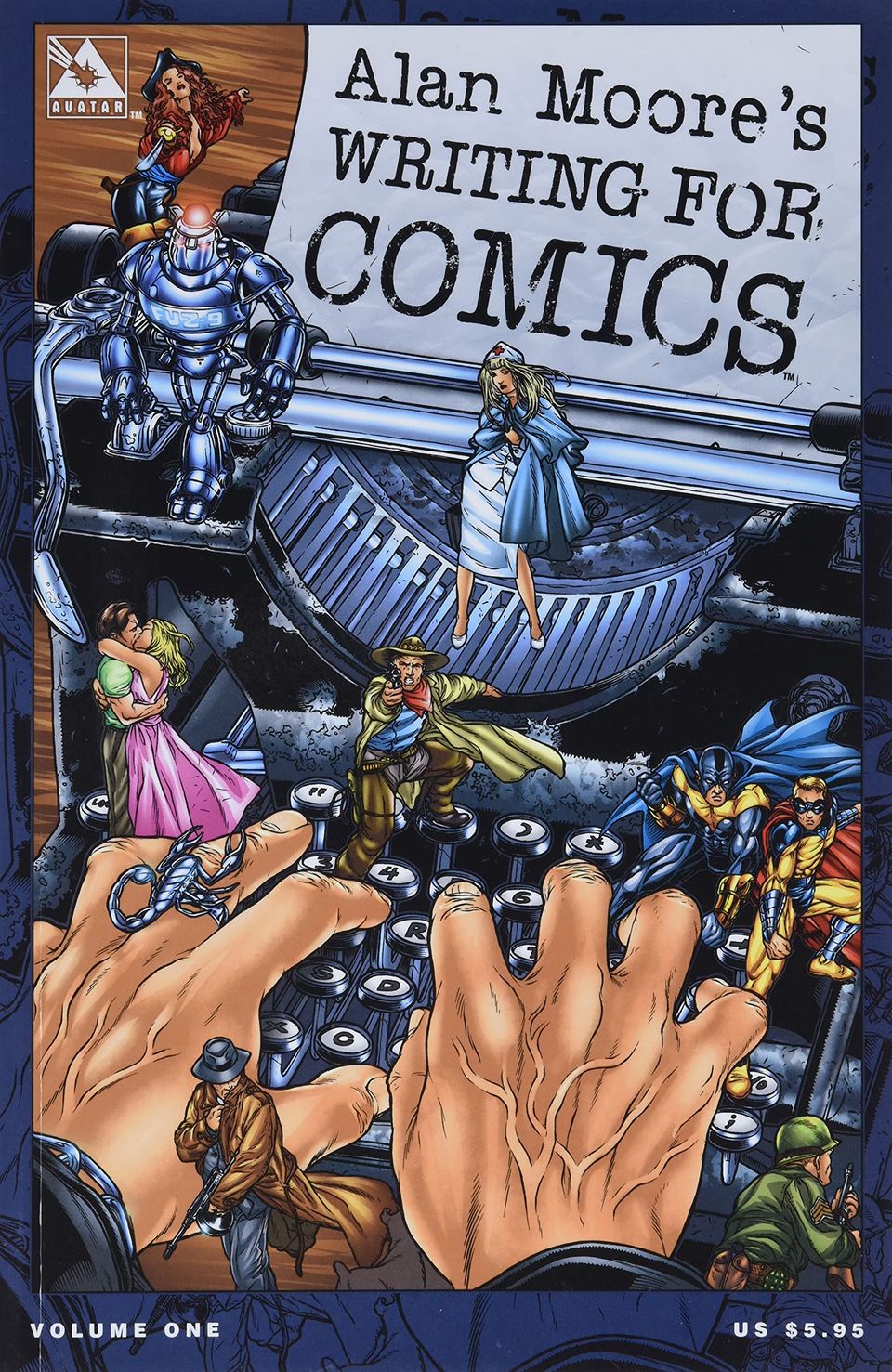Building America by Jean Baker
Building America by Jean H. Baker is a biography of Benjamin Henry Latrobe, a British-born neoclassical architect who emigrated to the United States.

Title: Building America
Author: Jean Baker
Pages: 304
Rating: 8/10
Genre: Biography, American History, Architecture
Building America by Jean H. Baker is a biography of Benjamin Henry Latrobe, a British-born neoclassical architect who emigrated to the United States. Latrobe was an interesting character, and he sought to bring the profession of the architect to the United States (which had no notion of a professional architect at the time).
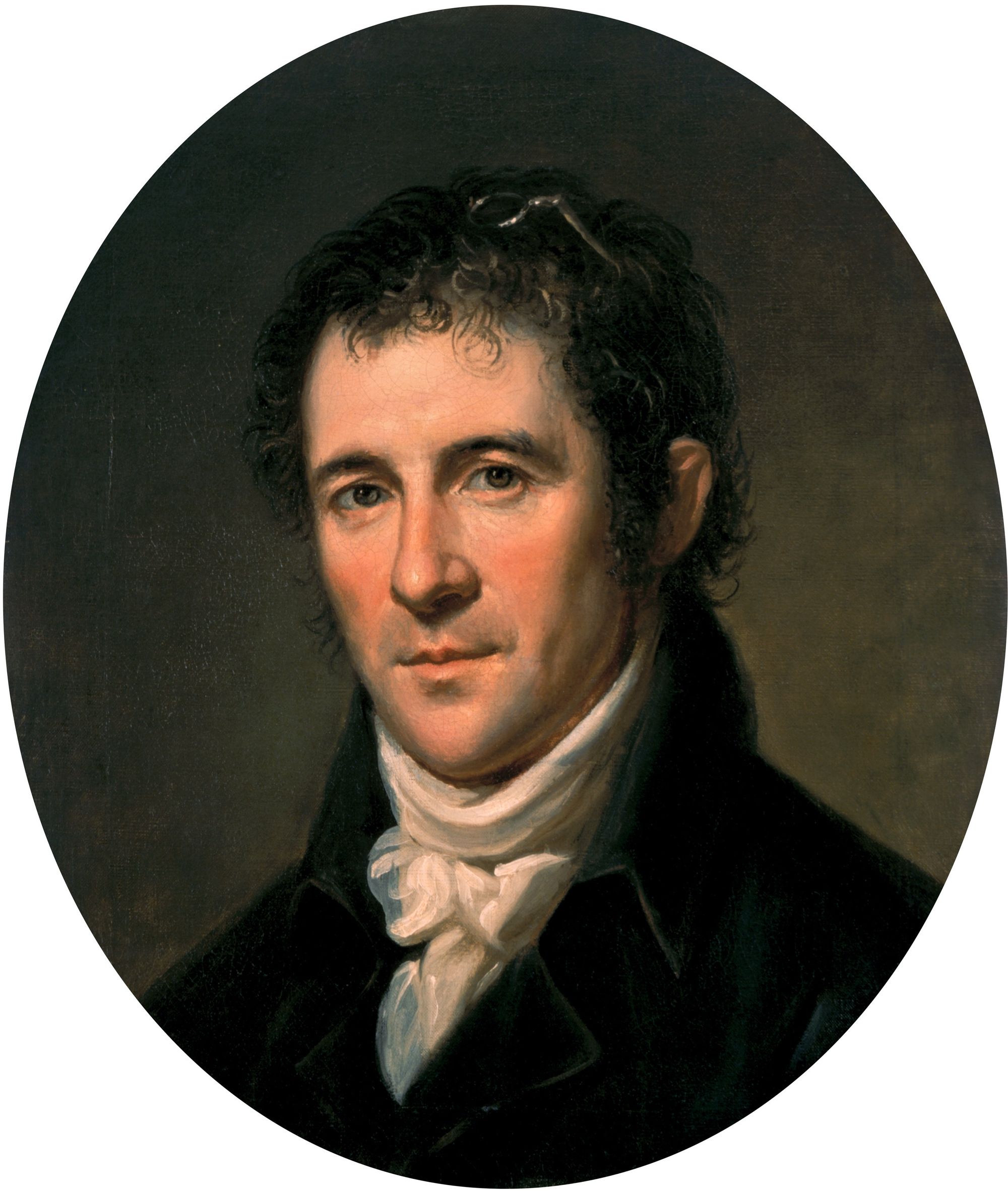
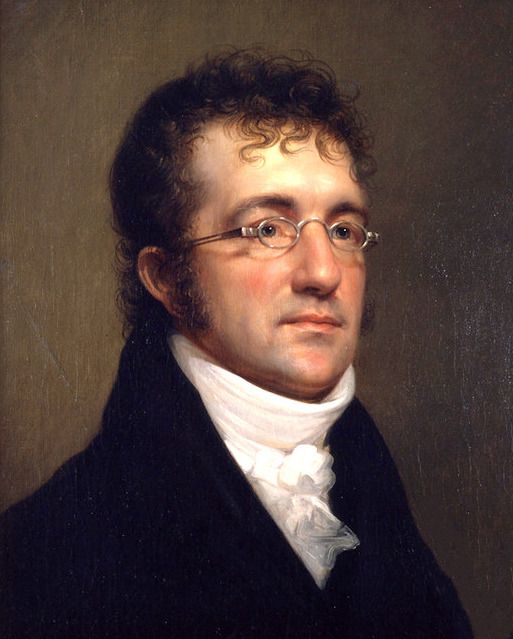
Latrobe was by all accounts a decent (if snobbish) man who was astoundingly bad at managing his money (he had a short stint in debtors prison). That may be less surprising when you consider that two Founding Fathers, Robert Morris and James Wilson (integral to the American Revolution and Constitutional Convention respectively) both dies penniless despite having amassed significant fortunes. He was, however, a charming individual. He was able to establish a network quickly as soon as he got to the United States, counting presidents and other men of means among his friends. Unfortunately, he wasn't able to compromise much when it came to the architectural works themselves, so he earned a reputation of being difficult to work with.
Despite his pecuniary problems, Latrobe had an astounding intellect (he found a decent friendship in Thomas Jefferson, perhaps a superior intellect to Latrobe though they both shared a fondness and passion for architecture). He was a lifelong student architecture, cognizant of the fact that he didn't know everything. One skill he finessed over time was that of observation. He spent some time touring Europe (as men often did in the 17th and 18th centuries, known as the Grand Tour), where he studied significant works of architecture – the Panthéon in Paris, the Roman Pantheon in Rome, and more. He would've encountered Neoclassical, Palladian, and Adams style architecture. He was an autodidact; while he studied architecture professionally, he also taught himself through reading, practice, studying pattern books, making notes on material, and more. Autodidacts are usually open to experimentation, which Latrobe was not. He noted that he didn't often revise his works, typically going with his first iteration (claiming it came to him in full detail). He was a master at his craft, so perhaps it didn't matter as much.
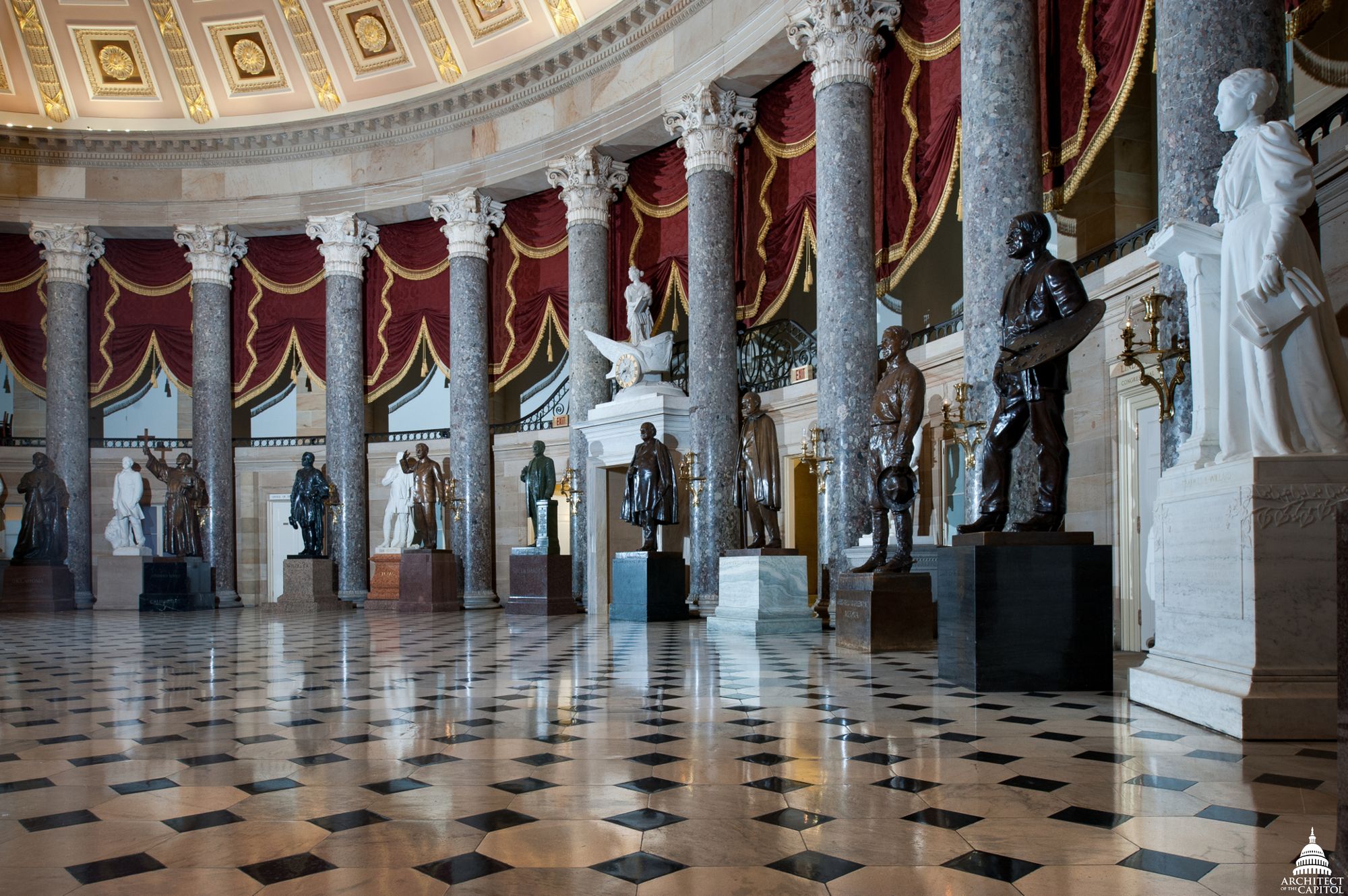
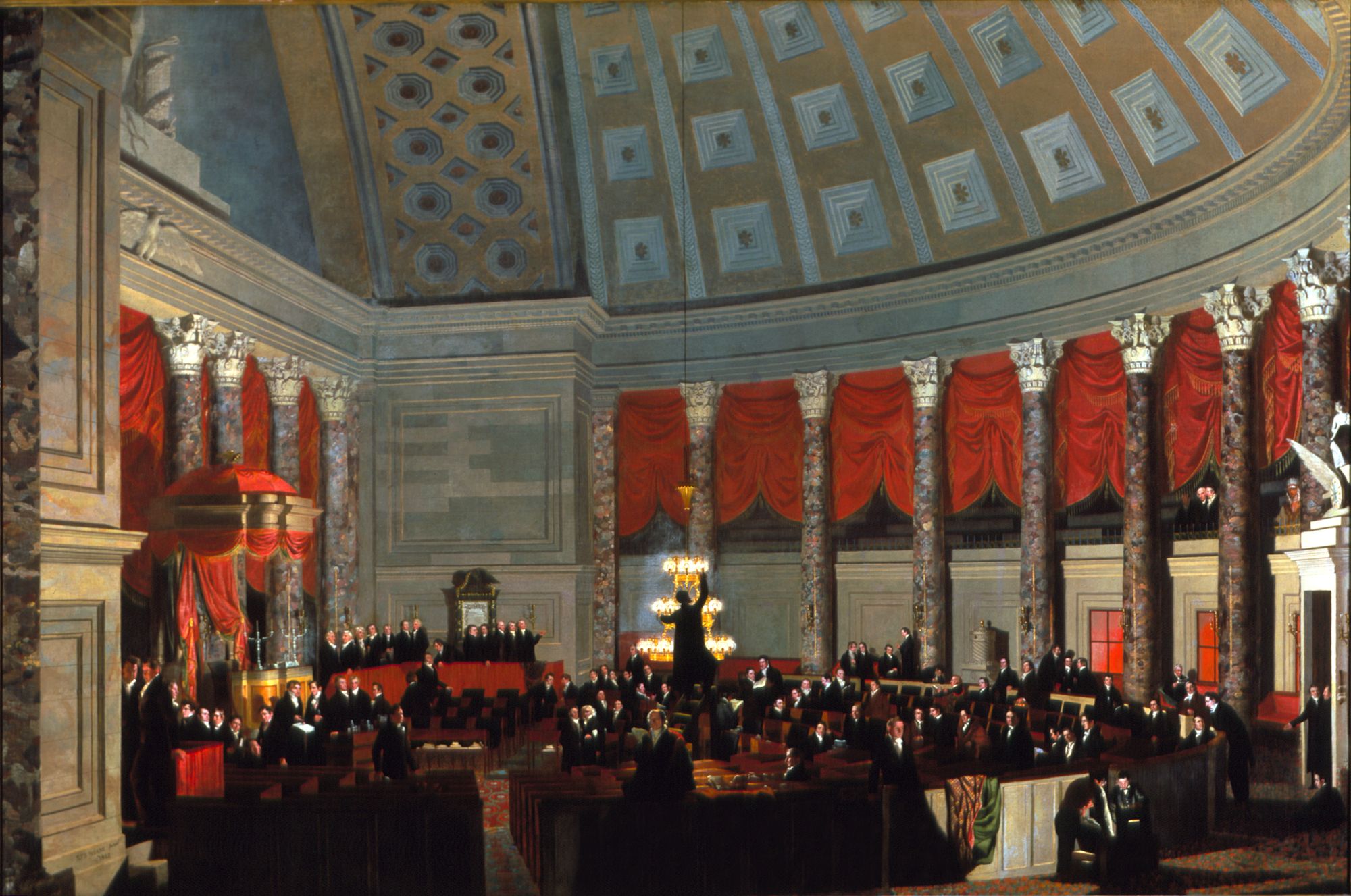
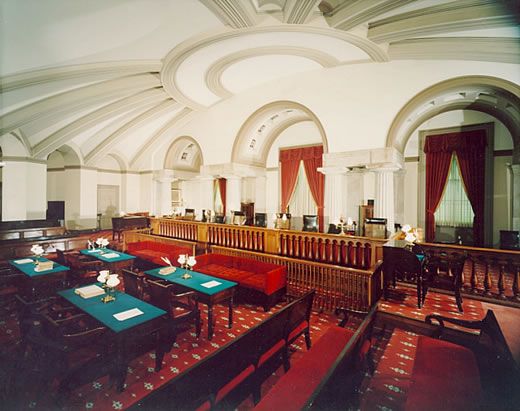
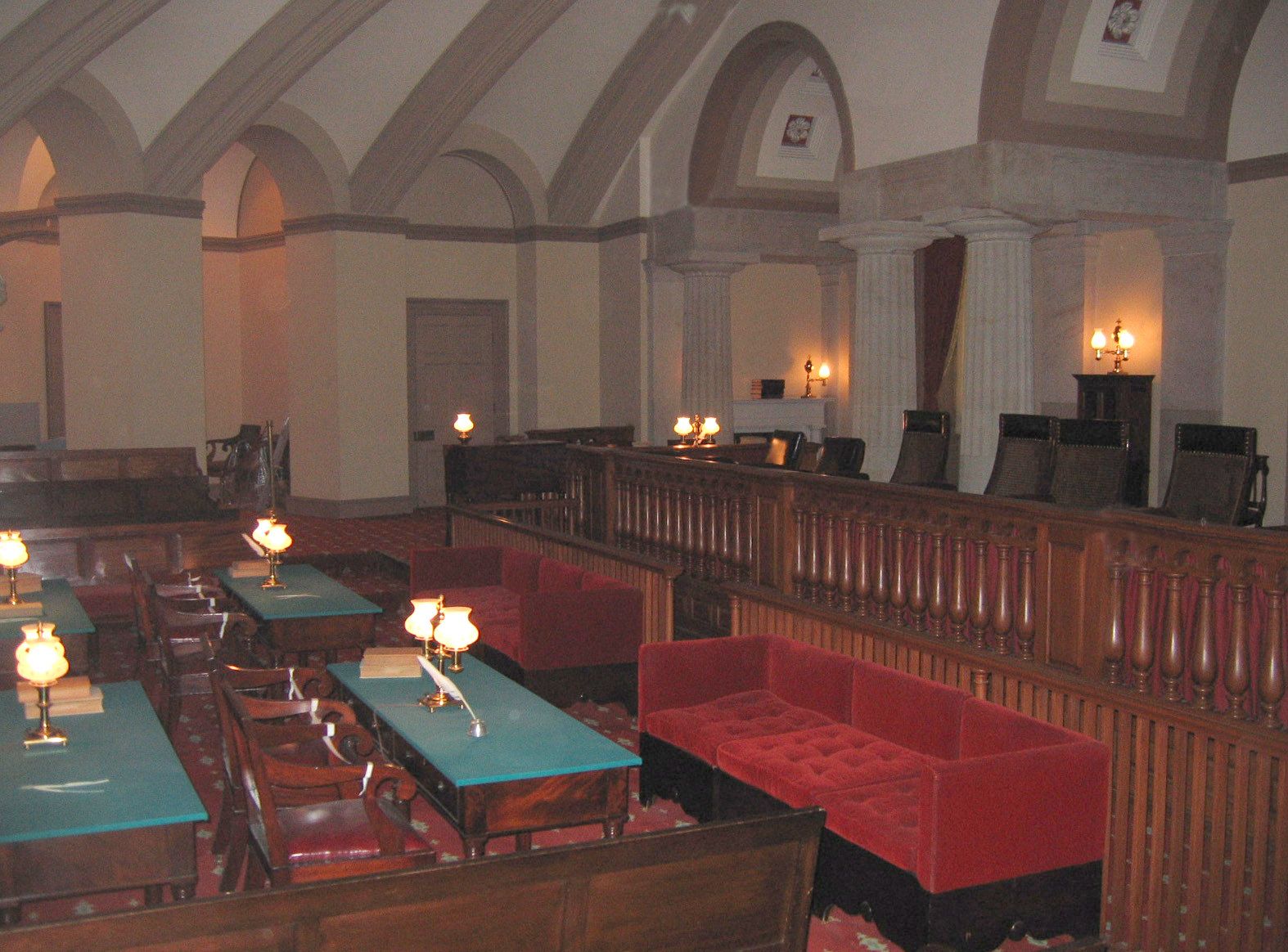
Throughout his life, Latrobe kept several journals where he detailed his thoughts – on philosophy, his life, his love for his family, and more. Several of his children took his advice on money management to heart (very much a do as I say, not as I do style of teaching) and had successful careers. They all seemed to love their father dearly, and he was a decent enough role model to them. He wrote that they "...shall not want instruction, nor yet an example of industry as long as I live." He wanted them to think for themselves, assuring them he'd be there if they needed it. He spared no expense for their education, even for his daughters (at a time where that was uncommon).
Some of his best known works (or projects that he worked on) include: the U.S. Capitol, Old Baltimore Cathedral, Latrobe Gate, and the Bank of Philadelphia. A fuller list is available on WIkipedia..
I enjoyed this book by Dr. Baker and I thought she captured the works, life, and personality of the man as well as one could – and in less than 300 pages, which is amazing. An affordable, coffee-table book of his work would be a wonderful addition to any collection, though no beautiful one exists currently.
